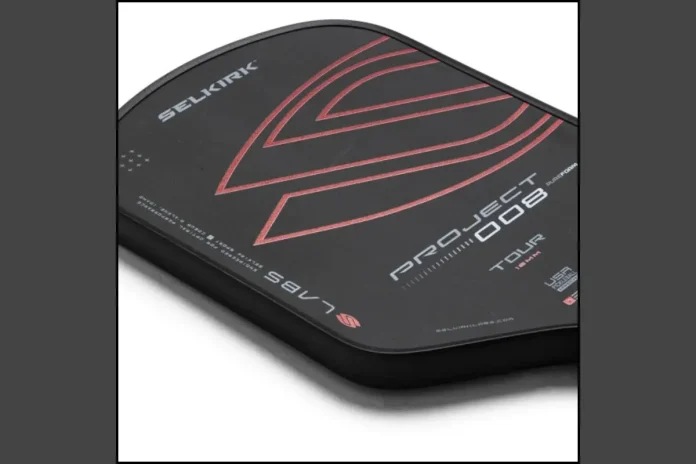Pickleball Paddle Core Crushing: Core crushing is a hidden problem that can affect the performance and lifespan of a pickleball paddle. It happens when the inner core of the paddle collapses, reducing its firmness and ability to rebound the ball effectively. This issue can result from poor manufacturing or natural wear over time.
What Causes Core Crushing
In some cases, core crushing is caused during production. Paddles are made using heat and pressure to bond the outer layer to the core. If low-quality materials or poor bonding techniques are used, the core may fail early. This is known as manufacturing-induced core crushing.
More commonly, core crushing develops gradually. Repeated high-impact hits weaken the paddle’s internal structure, creating dead spots and reducing performance. Although all paddles eventually wear out, some last longer due to stronger materials and better construction.
How to Spot a Crushed Core
Core crushing is harder to detect than delamination, which often makes a loud “pop.” Players instead use field tests to check their paddles.
The tap test involves gently tapping a knuckle or pen across the paddle face. A healthy paddle produces a consistent sound, while a crushed core gives a dull or hollow tone, often near the sweet spot.
In the bounce test, a pickleball is dropped on different parts of the paddle. If the bounce changes in certain areas or feels flat, those spots may be damaged.
The crunch test is another method. Pressing down on the paddle face and hearing a crunch or feeling it give way is a strong sign it needs replacing.

Effects of Core Crushing
When a paddle’s core is damaged, power and control drop noticeably. Shots may lack speed, volleys feel dull, and players may have to swing harder to achieve the same result. While it is less risky than delamination, it can still impact play and lead to frustration. Overcompensating for a weak paddle can also alter playing mechanics and cause strain injuries over time.
When to Replace a Paddle
Players should consider replacing their paddle if they notice dead spots, a dull sound, or reduced power. Regular tap and bounce tests help detect issues early. Signs such as discoloration, shiny patches, or cracks can also show structural weakening.
Competitive players often replace paddles every 3–6 months, while casual players may keep one for a year or longer with proper care. Avoiding extreme heat, cold, or moisture can help extend a paddle’s life.
Materials That Resist Core Crushing
Most traditional paddles use a polypropylene honeycomb core, which is light and affordable but more prone to crushing. Foam-filled cores are stronger and less likely to collapse, while hybrid designs with foam inserts can help but may still develop weak spots under heavy use.
News in Brief: Pickleball Paddle Core Crushing
Core crushing in pickleball occurs when a paddle’s internal core collapses, reducing power and control. It can result from poor manufacturing or repeated high-impact play. Players can detect it through tap, bounce, or crunch tests. Replacing paddles regularly and choosing durable materials can help avoid performance loss.
ALSO READ: Game-Changing Pickleball Paddles for 2025: Pro Secrets to Level Up Your Play

